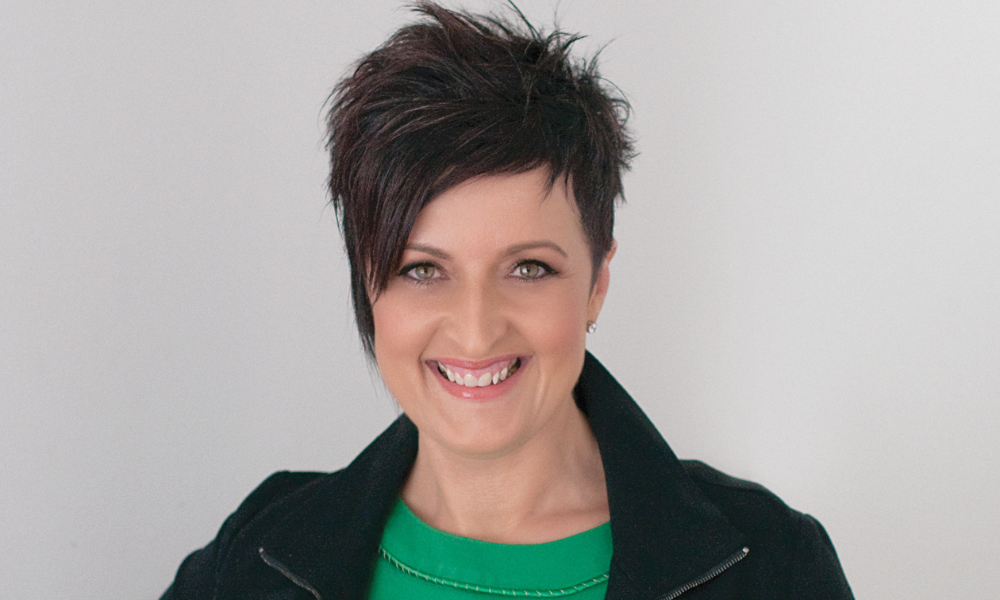RBA examines risks as interest rates rise

If interest rates rise in line with market expectations, a small portion of owner-occupiers would deplete their buffers within six months, even if significant cutbacks are made, the latest RBA Financial Stability Report shows.
But overall, households are in good financial shape and the share of those falling into arrears is expected to remain low, the central bank says.
The official cash rate, currently 2.60%, has increased six times this year by a total of 250-basis points.
With inflation forecast to peak at 7.75%, RBA governor Philip Lowe said in October the RBA board expected to increase rates further over the period ahead.
ANZ is forecasting the official cash rate to reach 2.85% in November, maintaining it would need to move “clearly into restrictive territory” of over 3%, while financial markets are pegging a cash rate of 3.60% in June next year.
Zippy Financial director and principal broker Louisa Sanghera (pictured above) told MPA that her brokerage was currently applying a 1% buffer above lenders’ assessment rates to ensure borrowers could comfortably afford their repayments now and in the future.
Read next: RBA delivers interest rate verdict
Releasing its six-monthly financial stability review on October 7, the RBA acknowledged that the combination of rising interest rates and inflation were pushing up loan repayments and living expenses for Australian households.
As part of its review, the RBA conducted detailed scenario analysis of how households would withstand the double whammy of higher inflation and rising interest rates.
A household with a gross income of $150,000 and $800,000 of debt could expect to encounter around a $1,300 drop in monthly cash flow (around 13% of household disposable income), compared to April 2022, the RBA said in the report. About 80% of this drop would be due to rising interest rates on mortgage repayments.
Assuming interest rates rise by a further 1 percentage point from October (in line with market pricing), and that those increases are passed through to variable home loan rates, just over 50% would see spare cash flows drop by over 20% over the next couple of years, with 15% experiencing negative cash flow, the RBA said.
A further 40% of owner-occupier variable rate borrowers would face a more moderate drop (less than 20% in their monthly cash flow compared to mid-2022) which they could accommodate by reducing non-essential consumption. Around 5% would experience an increase in cash flow, the RBA said.
While most borrowers were well-placed to adjust their finances, around 8% of variable rate, owner-occupier borrowers would fully exhaust their prepayment buffers “within six months”, even if non-essential spending were cut by 80%, the RBA said. Around 40% of these borrowers were in the lowest income distribution quartile and were therefore “more vulnerable to falling behind” on their repayments.
“In practice, many borrowers in this position may attempt to make other adjustments, such as supplementing their income or adjusting their current spending patterns in anticipation of future increases in their expenses,” the RBA said in the report.
Read next: Two non-majors lift interest rates
Sanghera said lenders had tested borrowers on higher interest rates (from 5%) and that clients were not yet showing signs of difficulty in making repayments.
The brokerage regularly communicates with clients in writing, asking them to get in touch if they have experienced a change in their financial situation, she said.
In line with market expectations that interest rates will climb by a further 1% over the current tightening cycle, Sanghera said Zippy Financial clients were tested at 1% above the servicing rates currently applied by lenders.
“We’re explaining that the banks have a duty of care to make sure [clients] can afford the rate increases … on top of that, we’re putting an extra 1% buffer on, allowing for further increases right now,” Sanghera said.
To help clients understand the dollar value impact of further rate rises, Sanghera said clients were directed to use the online calculator to plug in higher rates in increments of 0.25%, so they could see the result.
“On top of the 1%, I’m saying to them, ‘I suggest you go into this calculator … so you can understand how much your repayments are going to increase by’,” Sanghera said.
Even if clients take out a fixed rate, as interest rates may be higher when the loan rolls off, Sanghera said she made them aware of the importance of planning ahead. Borrowers who are stretching themselves financially are made aware of the level of discretionary spending they have available, and the effects of interest rate rises, she said.
“We need to be proactive in doing that thinking and cash flow piece for them ... if someone is tight on a deal, and they have not got a lot of discretionary spending, in a rising rate environment, we should not be doing [it],” Sanghera said.
Rather than just giving clients the numbers, talking to them about interest rate rises, cash flow and discretionary spending was also a necessary part of a broker’s job, she said.
In the financial stability review, the RBA acknowledged that fixed rate borrowers would face large increases to minimum loan repayments upon their fixed rate expiry. This was likely to push up current low housing loan arrears rates, it said.
Assuming the six rate rises announced in 2022 flow through to variable and fixed rate loans (as they roll off), total scheduled payments on housing loans are projected to increase to around 9% of household disposable income by the end of 2023.
If interest rates rise in line with market expectations, assuming incomes grow in line with wage growth forecasts, the share of borrowers with a minimum debt servicing ratio of over 30 would increase to around 25%, the RBA said.
An S&P Global Ratings quarterly home loan arrears report, released on Friday, shows mortgage arrears, currently 0.64%, are expected to worsen this year, but low unemployment is expected to temper the level of defaults.



